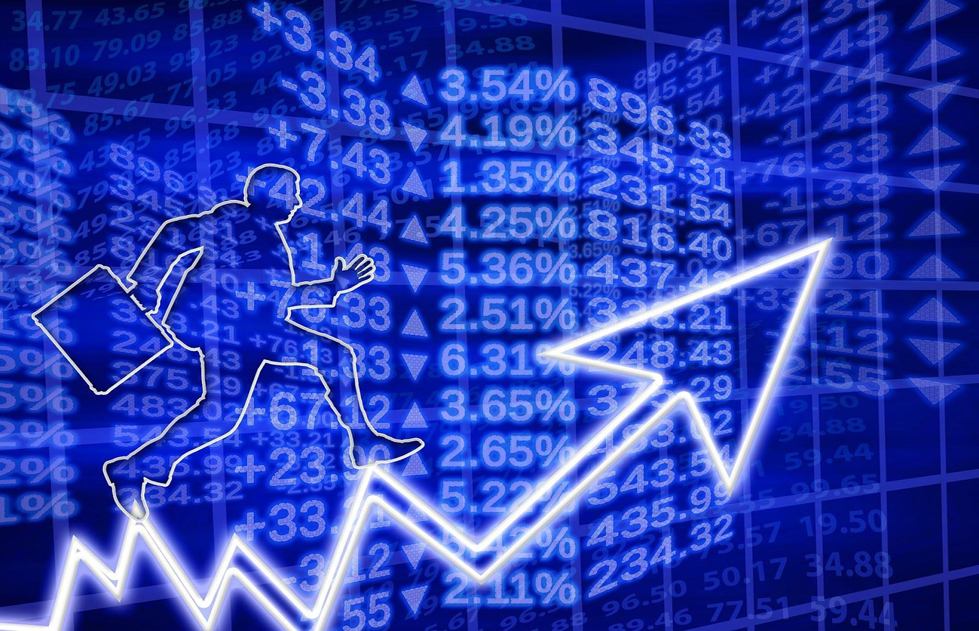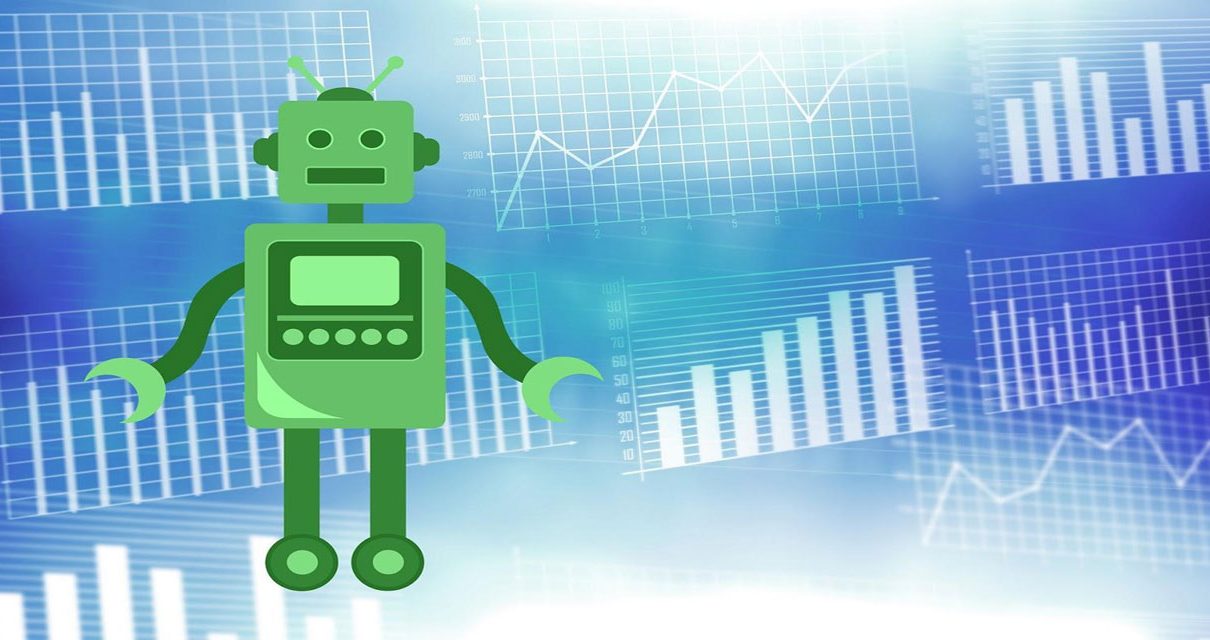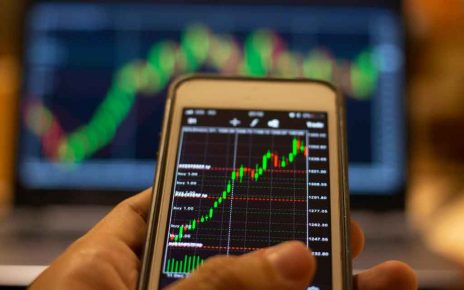If you are new to the trading world, then it is important to note that you need a lot of patience, resilience, and hard work. The financial market offers so many opportunities for you to grasp and increase your gains. However, finding the correct one might take some time.
This is why we have written this article. We hope this page will work as suitable guidance for your trading and market purposes when choosing the right trading strategies for you. Here we will discuss algorithmic trading, also known as black box trading, bots, or automated trading. It is one of the most used procedures for trading.
High frequency trading (HFT) is so fast that each millisecond is valued at around 100 million USD in revenue per year. Another fun fact about algorithmic trading strategies is that in 2004 a share was held for an average of only 20 seconds. Now, that’s fast trading!
Let’s talk about algorithmic trading.
What is Algo trading?

Algorithmic trading is a mechanical trading strategy where you use algorithms to trade for you instead of a manual or human trader. Trading algorithms are done with coded commands or instructions added to a computer program to open or close a trade.
You can also use algorithms to go over your historical data and test new strategies. Since algo trading are robots, they can constantly monitor the market, and make the same decision while confronted with an identical situation because they are 100% rational and automatic.
Algorithmic trading seems to be one of the most popular trading strategies in the market due to its efficient outcome and lack of emotion.
Types of Algorithmic trading
Developing strategies can help identify favorable market prices at the same time it reduces human error. Some of the most popular types of automated strategies are trend-following, arbitrage opportunities, and other mathematical-based models.
Trend following is the most popular because you simply code to place trades during an advantageous price movement or trend. You can apply the strategy using technical indicators.
Arbitrage opportunities is a strategy that allows you to buy an asset at a certain price while selling it at an increased value at the same time in another market. This profit gathered from this small price difference is specifically known as arbitrage.
Our other example in this article is the mathematical model. This is a suitable approach for algorithms strategy where you use mathematical prototypes like different combinations or formulas to mechanically trade.
The navigation menu of the algorithmic trading platforms can help you organize what you want to do next. Please note that there is something known as flash crashes. It is when there is an unexpected and quick descent in asset prices that then recovers quickly.
According to Investopedia “high-frequency trading firms are said to be largely responsible for flash crashes in recent times.” One big flash crash happened in 2010 and lasted a total of 36 minutes. It was a trillion dollar market crash.
Pros and cons of high-frequency trading strategies
High frequency trading with algorithmic robots can have both advantages and disadvantages. It is essential to understand what you will be working with in order to weigh out its pros and cons. Below, we have included a list of the benefits of algorithms trading.
Pros of trading algorithm
- No time constraints
- Constantly monitors securities markets condition
- No emotions involved
- You can backtest your algos
- They are more accurate
- You can optimize your algo and improve it over time
Cons of trading algorithm
- You need to understand code and programming
- You must also constantly monitor your algorithms and their behaviour
- You might not be able to stop a trade if you see it might go wrong
- Flash crashes could occur
Optimizing your algorithms

Optimization is important when it comes to algorithmic trading. Whether you are coding for a specific time, quantity, or direction of certain trades, it is key to use your historical data to enhance and perfect your trading bot.
Once you optimize your algorithm, it can be a good idea to compare the past version to the reformed one. Your strategy performance and trading parameters must always be superior after algorithmic trading development.
If it does not work the way you expect, it could be good to backtest it once again. Remember, human traders are also behind algorithms, so they must be constantly perfected.
Lastly, don’t forget to safeguard your algorithms by adding risk management tools like stop loss parameters, margin and leverage controls, slippage filters, and more.
What do I need to use algo trading?
There are a few things you need for algorithmic trading. First of all, you must understand trading, finance, but also programming and data science. Both of these fields will allow you to create better trading algorithms.
Some of the finance terms you should understand are shares, bur or sell, limit orders, trading strategies, iceberg orders, order types, market impact, and more. As for the data science part, you must learn how to program to code your strategies.
You will also have to connect to an algorithmic trading platform and open a trading account that will allow you to place orders with algorithms. To access the platform you’ll have to open a brokerage account that contacts you to market makers, thus, the market price.
Lastly, once your trading strategy is translated to code, you need to backtest on historical data. This will allow you to prove your algo is efficient before starting to trade on a real account.
Do funded accounts allow robots?
A funded account is when a trader uses a proprietary trading account. This means they use a company’s funds and trade them for the benefit of both the company and the trader.
In order to become a funded trader, you must go through an examination process. It consists of an educational section plus a platform that has real-time quotes, but paper money. The company will follow your trades and look for consistent gains over time.
Once your trial period is done, and you passed the final exam, you will have to follow a set of rules since you are using the company’s money. Some of these include the positions you can hold, maximum loss, max drawdown, stop loss, moving average, and more trading instructions.
So, these rules include if you can or can’t trade using algorithmic trading strategies. Make sure to read all of the information and content before trading algorithms on a funded account.
For example, OneUp Trader does not allow algo trading. It is because on this funded trading program they would rather have you partnering with people and not robots. Again, it has to do with individual and company strategies.
Conclusion – trading algorithms
Computer algorithms have been part of worldwide trading activities for years whether for stock trading on SP 500 or other markets. These trading systems are fast and efficient.
Automated trading systems allow you to buy or sell shares on the market. You can also add risk management to these trades like buy limit order or technical analysis tools like moving average. This will help minimize risk.
Even though it will be mechanical trading, it will go down to your trading decisions since you will be programming your computers’ bot. This is why it is important to optimize it and backtest it with historical data.
As any trading strategy, algorithmic trading strategies require knowledge because you will be using both financial and programming to execute orders. The only difference is that you will not have to expose your emotions since the bot will be trading for you.
Bibliography and references used in this article
- Algorithmic trading by Wikipedia
- The New Investor by Social Science Research Network (SSRN)
- CFTC Panel Urges Broad Definition of High-Frequency Trading by Bloomberg







